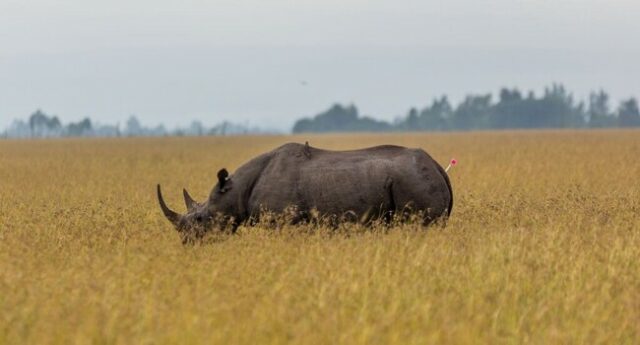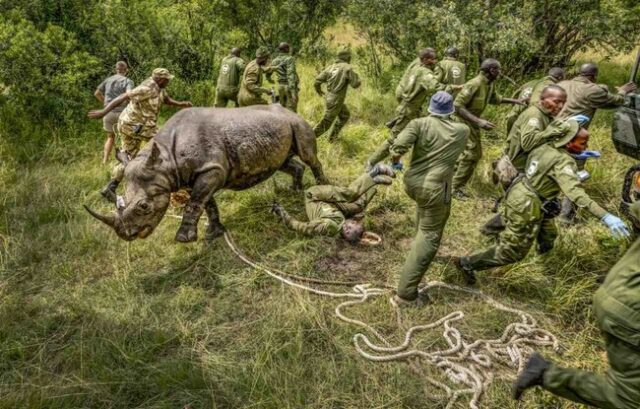
The successful transfer of 21 eastern black rhinos to the Loisaba Conservancy in Kenya marks a significant triumph in conservation efforts to revive a species that was on the brink of extinction. In an 18-day operation led by highly skilled capture and veterinary experts, the rhinos were relocated from three different locations to establish a new viable breeding population. The Loisaba Conservancy, now the 17th sanctuary in Kenya dedicated to the conservation of black rhinos, received the majestic animals, signaling a remarkable comeback for a species absent from the landscape for 50 years. Tom Silvester, the CEO of Loisaba Conservancy, expressed his excitement, emphasizing the importance of reintroducing rhinos to an environment where they had been absent for half a century.

Kenya’s commitment to rhino conservation has yielded positive results over the years. In the 1970s, the country had a population of 20,000 black rhinos, but rampant poaching reduced the numbers to below 400 by 1989. The establishment of the Kenya Wildlife Service (KWS) marked a turning point, and today, Kenya hosts approximately 80 percent of the world’s surviving eastern black rhino population, with an estimated 1,004 individuals. The reintroduction of these 21 rhinos to Loisaba, supported by organizations such as The Nature Conservancy and San Diego Zoo Wildlife Alliance, represents a significant milestone in Kenya’s ongoing rhino recovery action plan. The collaborative efforts between governments and conservation NGOs highlight the positive impact of partnerships in restoring and protecting our natural world, bringing a sense of hope for the future of these iconic species.














